1. Bryson WJ. Long-term health-related quality of life concerns related to the COVID-19 pandemic: a call to action. Qual Life Res. 2021; 30(3):643–645. PMID:
33073307.

2. Lipsitch M, Krammer F, Regev-Yochay G, Lustig Y, Balicer RD. SARS-CoV-2 breakthrough infections in vaccinated individuals: measurement, causes and impact. Nat Rev Immunol. 2022; 22(1):57–65. PMID:
34876702.
3. Ritchie H, Mathieu E, Rodés-Guirao L, Appel C, Giattino C, Ortiz-Ospina E, et al. Our world in data. Coronavirus pandemic (COVID-19). 2020. Updated c2022. Accessed June 14, 2022.
https://ourworldindata.org/coronavirus
.
4. Liu J, Liu M, Liang W. The dynamic COVID-Zero strategy in China. China CDC Wkly. 2022; 4(4):74–75. PMID:
35186372.

5. Cai J, Hu S, Lin Q, Ren T, Chen L. China’s ‘dynamic zero COVID-19 strategy’ will face greater challenges in the future. J Infect. 2022; 85(1):e13–e14. PMID:
35447231.

6. Dyer O. Covid-19: lockdowns spread in China as omicron tests “zero COVID” strategy. BMJ. 2022; 376:o859. PMID:
35361680.
7. Lancet T. The Lancet. COVID-19: the next phase and beyond. Lancet. 2022; 399(10337):1753. PMID:
35526539.

8. Graham F. Daily briefing: ‘Out of control’ omicron threatens China. Nature. Forthcoming. 2022; DOI: 10.1038/d41586-022-00902-0.
12. Kim DJ, Kim AI. Global health diplomacy and North Korea in the COVID-19 era. Int Aff. 2022; 98(3):915–932.
15. Goodkind D, West L. The North Korean famine and its demographic impact. Popul Dev Rev. 2001; 27(2):219–238. PMID:
18581641.
16. Jung SM, Akhmetzhanov AR, Hayashi K, Linton NM, Yang Y, Yuan B, et al. Real-time estimation of the risk of death from novel coronavirus (COVID-19) infection: Inference using exported cases. J Clin Med. 2020; 9(2):523.
17. Backer JA, Klinkenberg D, Wallinga J. Incubation period of 2019 novel coronavirus (2019-nCoV) infections among travellers from Wuhan, China, 20-28 January 2020. Euro Surveill. 2020; 25(5):2000062.
19. Garrett N, Tapley A, Andriesen J, Seocharan I, Fisher LH, Bunts L, et al. High asymptomatic carriage with the omicron variant in South Africa. Clin Infect Dis. 2022; 75(1):e289–e292. PMID:
35353885.
20. Buitrago-Garcia D, Ipekci AM, Heron L, Imeri H, Araujo-Chaveron L, Arevalo-Rodriguez I, et al. Occurrence and transmission potential of asymptomatic and presymptomatic SARS-CoV-2 infections: update of a living systematic review and meta-analysis. PLoS Med. 2022; 19(5):e1003987. PMID:
35617363.
22. Andrews N, Stowe J, Kirsebom F, Toffa S, Rickeard T, Gallagher E, et al. Covid-19 vaccine effectiveness against the omicron (B.1.1.529) variant. N Engl J Med. 2022; 386(16):1532–1546. PMID:
35249272.
23. Lee YH, Yoon SJ, Kim YA, Yeom JW, Oh IH. Overview of the burden of diseases in North Korea. J Prev Med Public Health. 2013; 46(3):111–117. PMID:
23766868.
24. Tindale LC, Stockdale JE, Coombe M, Garlock ES, Lau WY, Saraswat M, et al. Evidence for transmission of COVID-19 prior to symptom onset. eLife. 2020; 9:e57149. PMID:
32568070.
25. Nguyen T, Adnan M, Nguyen BP, de Ligt J, Geoghegan JL, Dean R, et al. COVID-19 vaccine strategies for Aotearoa New Zealand: a mathematical modelling study. Lancet Reg Health West Pac. 2021; 15:100256. PMID:
34426804.
26. Kirsebom FC, Andrews N, Stowe J, Toffa S, Sachdeva R, Gallagher E, et al. COVID-19 vaccine effectiveness against the omicron (BA.2) variant in England. Lancet Infect Dis. 2022; 22(7):931–933. PMID:
35623379.
27. Keeling MJ, Hill EM, Gorsich EE, Penman B, Guyver-Fletcher G, Holmes A, et al. Predictions of COVID-19 dynamics in the UK: short-term forecasting and analysis of potential exit strategies. PLOS Comput Biol. 2021; 17(1):e1008619. PMID:
33481773.

28. Moore S, Hill EM, Tildesley MJ, Dyson L, Keeling MJ. Vaccination and non-pharmaceutical interventions for COVID-19: a mathematical modelling study. Lancet Infect Dis. 2021; 21(6):793–802. PMID:
33743847.
29. Gozzi N, Chinazzi M, Davis JT, Mu K, Piontti AP, Vespignani A, et al. Preliminary modeling estimates of the relative transmissibility and immune escape of the omicron SARS-CoV-2 variant of concern in South Africa. medRxiv. January. 5. 2022; DOI:
10.1101/2022.01.04.22268721.
30. Wagner CE, Saad-Roy CM, Morris SE, Baker RE, Mina MJ, Farrar J, et al. Vaccine nationalism and the dynamics and control of SARS-CoV-2. Science. 2021; 373(6562):eabj7364. PMID:
34404735.
31. Lancet T. The Lancet. Access to COVID-19 vaccines: looking beyond COVAX. Lancet. 2021; 397(10278):941. PMID:
33714374.
32. Jo Y, Kim SB, Radnaabaatar M, Huh K, Yoo JH, Peck KR, et al. Model-based cost-effectiveness analysis of oral antivirals against SARS-CoV-2 in Korea. Epidemiol Health. 2022; 44:e2022034. PMID:
35381167.
33. Marks F, Nyambat B, Xu ZY, von Kalckreuth V, Kilgore PE, Seo HJ, et al. Vaccine introduction in the Democratic People’s Republic of Korea. Vaccine. 2015; 33(20):2297–2300. PMID:
25769209.
34. Jung SM, Hayashi K, Kayano T, Nishiura H. Response to COVID-19 during the Tokyo Olympic Games: did we properly assess the risk? Epidemics. 2022; 40:100618. PMID:
35908478.
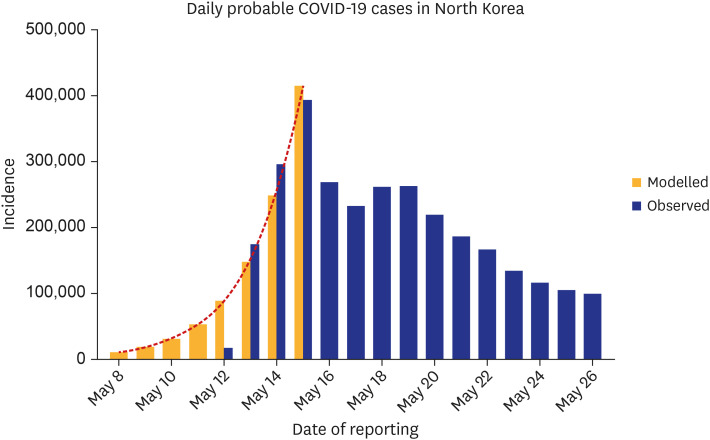
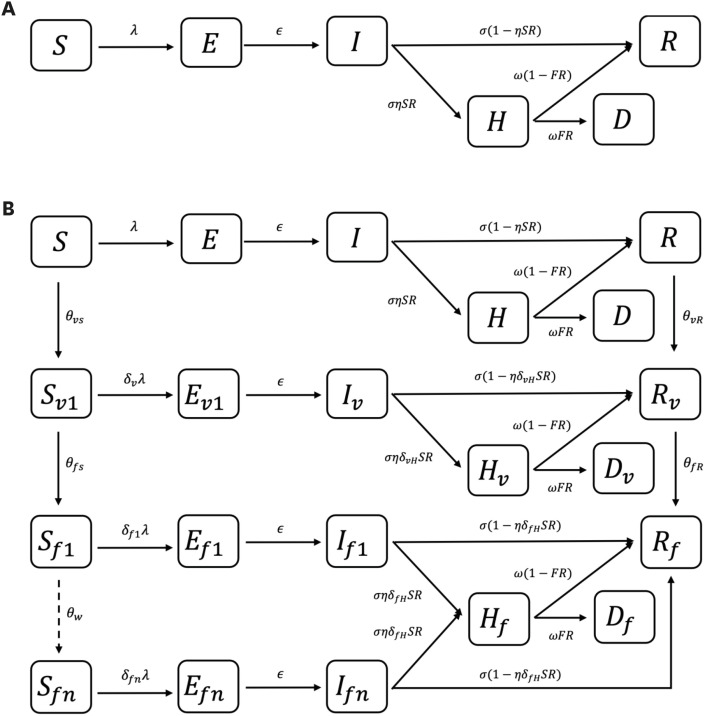
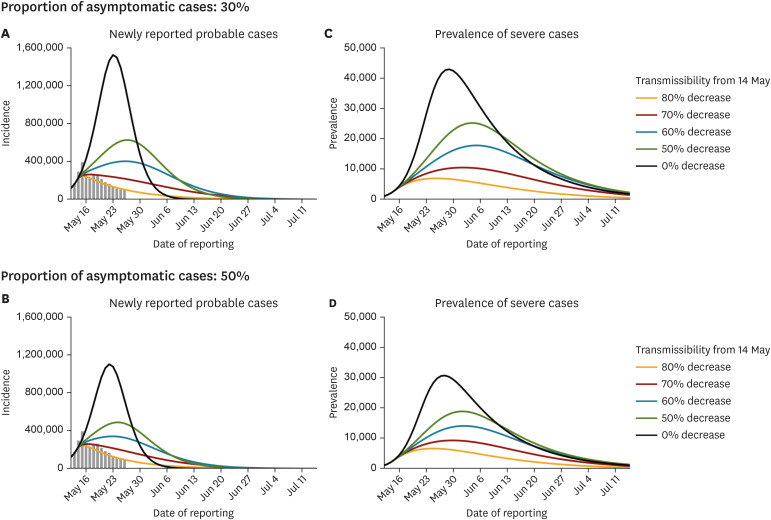
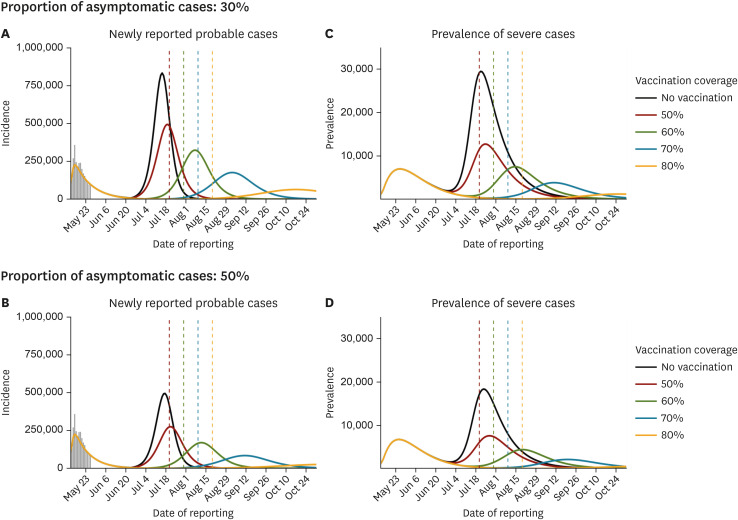





 PDF
PDF Citation
Citation Print
Print



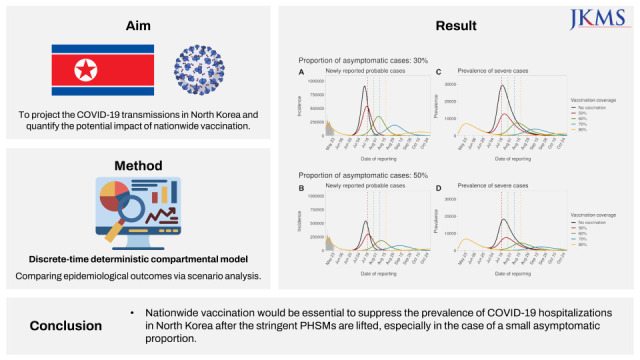


 XML Download
XML Download